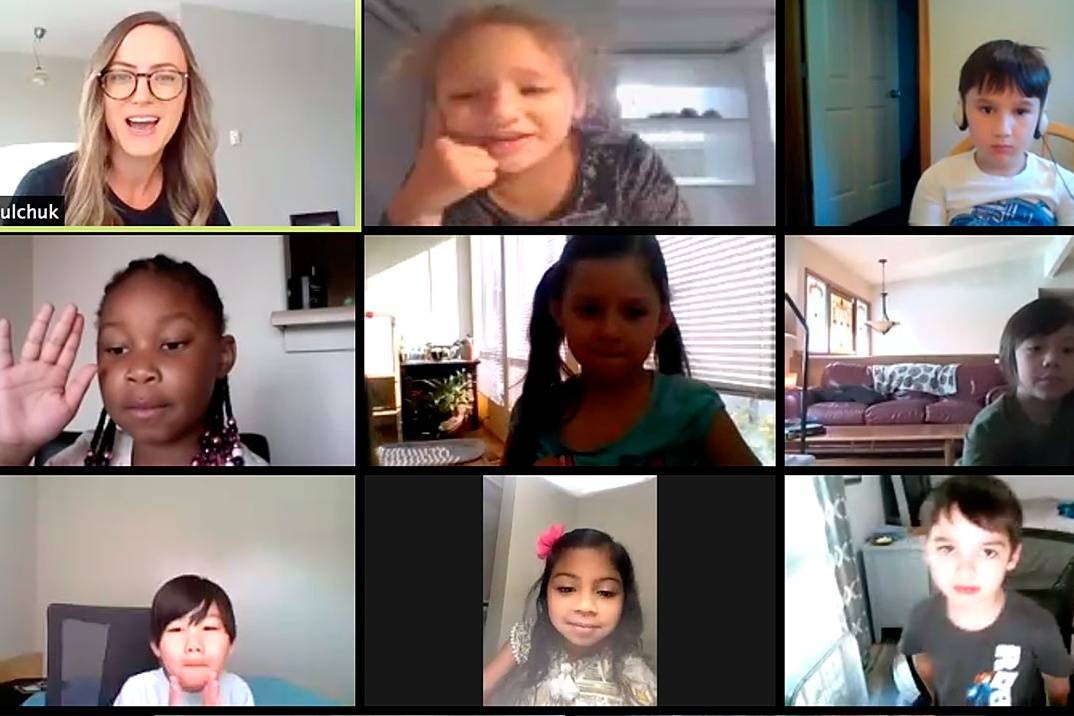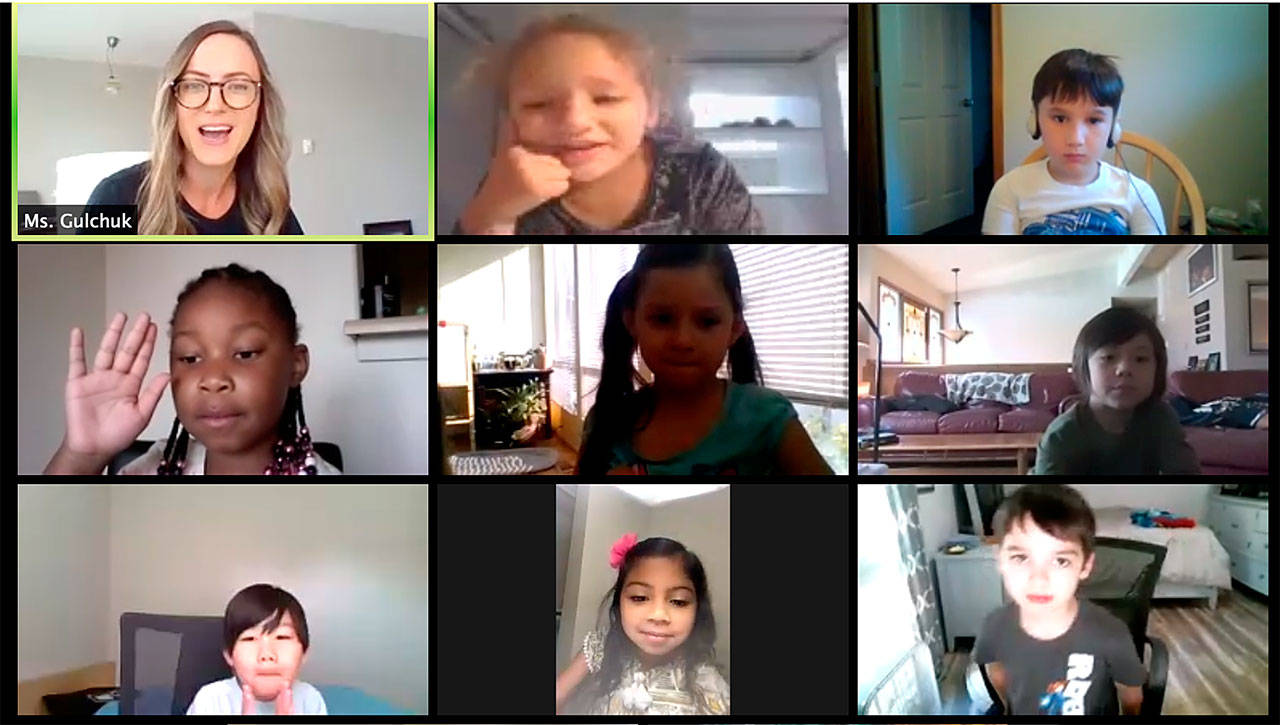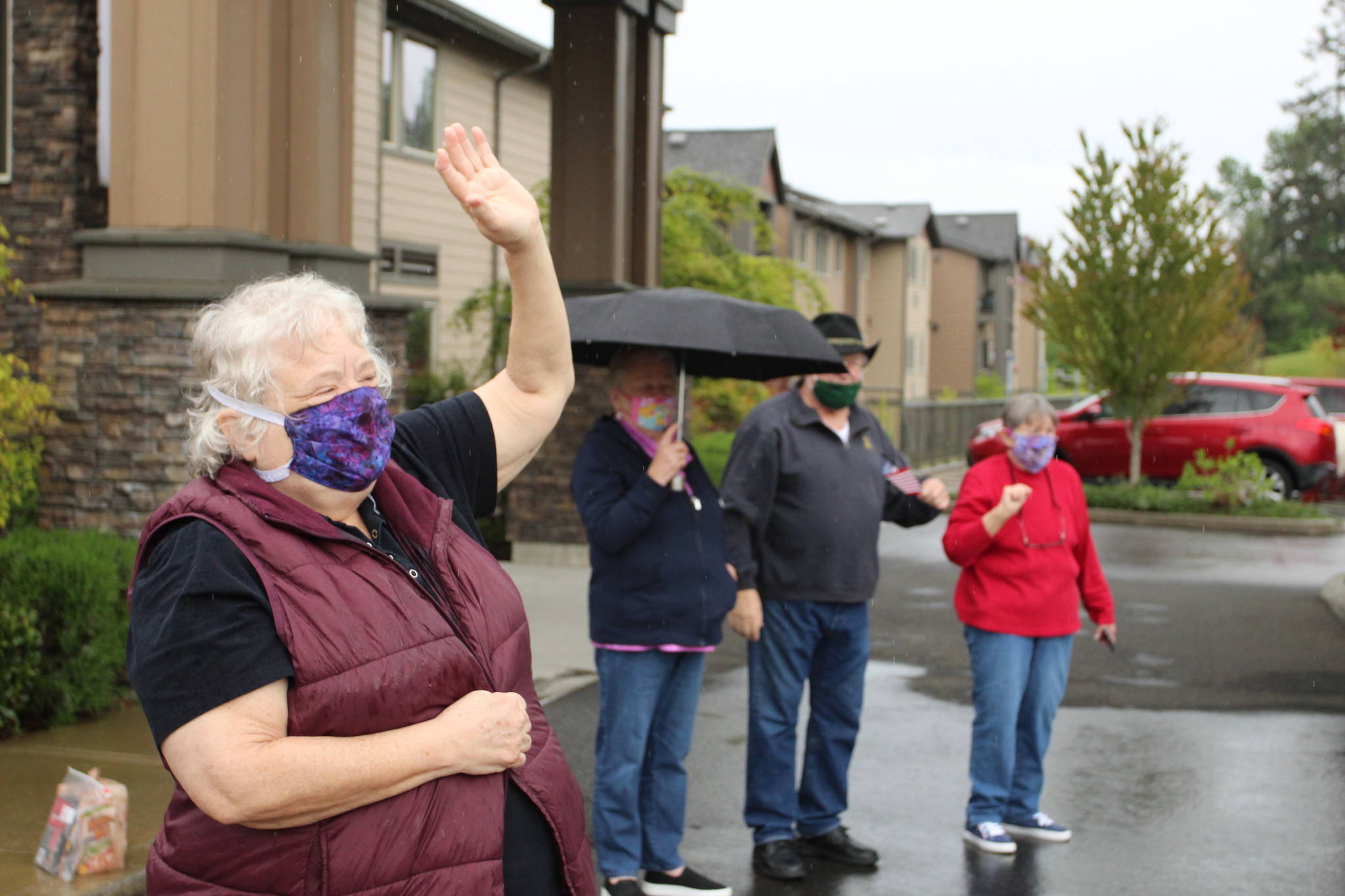As Simon Jenkins notes in an op-ed piece in The Guardian, “Great institutions traditionally need traumas — wars or pandemics — to force them to change.”
In close to two years, the COVID-19 pandemic has globally shaken people and institutions off age-old habits. In keeping with the changing times, education has encountered a surprising structural redefinition in terms of knowledge dissemination.
With companies and governments opening up to a hybrid work model and economy, it is wise to assume that teaching/learning will increasingly come to rely on a blend of the in-person and digital learning spaces.
I do not know if Microsoft’s vision of holographic collaboration or Facebook’s research on augmented reality will be applied to all classrooms in the near future. But, until then, ed-tech would need to consider a few important challenges to virtual learning — such as different learning styles, dysfunctional reciprocity and the digital divide.
In his study on learning styles and strategies, Professor Richard M. Felder groups learners under four categories: 1) Active and Reflective; 2) Sensing and Intuitive; 3) Visual and Verbal; and 4) Sequential and Global.
Active learners prefer action-oriented learning where they get to participate in group work. Reflective learners tend to contemplate on what they have been taught and then work alone.
The practical sensing type displays a preference for facts and routine, while the intuitive student tends to understand abstract concepts and dislikes routine.
Visual learners absorb information by seeing images, and verbal learners react positively to spoken or written words. Sequential learners are predisposed to acquiring information provided in well-paced logical, linear steps. Global learners look for a larger picture to connect a singular concept to other concepts.
What must be noted, however, is these are generic categorizations that may not strictly adhere to the either/or binary. An effective teacher/professor is one who tries their best to accommodate and balance as many learning styles in their instructions as possible.
Catering to different learning styles on e-platforms still remains a challenge. At my institution, we have had several brainstorming sessions on how to ensure student participation and meet student needs most effectively in online classes and synchronous virtual classes. Some of the formidable challenges have been keeping students motivated and engaged.
While a lot of students have responded positively to incrementally-spaced Canvas assignments, online/recorded lectures, discussion board posts and virtual group-activities, there have been students who have felt left out.
As instructors, not being able to physically reach out to students undergoing depression (and depleting motivation) has been a frustrating experience. This issue, which I’d like to term “dysfunctional reciprocity,” has been a crucial contributor to both teacher and student depression and anxiety.
Humans are socially conditioned to reciprocate – give and receive. In her essay “The Structure of Reciprocity,” Linda Molm observes: “Reciprocity is one of the defining features of social exchange and social life” that builds “integrative bonds of trust and solidarity.”
But what happens when a move to an online-only platform disturbs this social culture of reciprocal exchange between a teacher and her students? As humans, we long for connections and reciprocity, but when check-in emails go unanswered and camera-shyness leads to a screen full of names with no faces to accompany them, and there are sudden unexplained absences from online classes, technical difficulties and long hours of virtual meetings, then reciprocity suffers.
Dysfunctional reciprocity has therefore been a defining feature of teaching/learning during the pandemic. That being said, ed-tech has integrated several ways to ensure reciprocity — discussion board posts (Canvas), Together Mode (Teams), break-out rooms (Zoom), video discussions (Flipgrid), peer-evaluations (OneNote and Google Drive), etc.
These ed-tech platforms have also helped instructors create engaging content based on different learning styles. Most of us, as educators, have experienced the grueling days and nights of desperate e-content creation: recording, re-recording, deleting, editing maniacally, learning the difference between a Power-Point, a Panopto, and a Spark video, scrambling to purchase/loan the right equipment in the desperate hope of connecting with every learner. Ed-tech has provided innovative mediums for knowledge dissemination.
But the question that often bothers me is whether there are learning styles that remain partially or completely unaccommodated by ed-tech. For example, for an active learner who learns through direct participation—an online discussion post or video presentation comes closest to mimicking a classroom discussion. Yet, it still retains the passivity that accompanies virtual learning.
Many students do not find listening to tons of peer-video presentations or scrolling down discussion board posts interesting, unless we introduce triggers like extra credits for reviewing and commenting on posts. Reward culture, thanks to social media, can nudge an online learner towards more engagement, but it only goes on to prove how, in addition to dysfunctional reciprocity, many learning styles remain partially unaccommodated by these e-learning platforms.
The other issue with online education is that of a digital divide between learners who have easy access to information technology and those who do not. Inequitable access to online-learning platforms and tools can be the result financial, technical and infrastructural constraints such as no internet access, inability to purchase laptops, or deficient digital skills.
In their book “The Digital Divide,” authors Massimo Ragnedda and Glenn W. Muschert argue how this issue “has the potential to replicate existing social inequalities, as well as create new forms of stratification.” In fact, the COVID-19 pandemic, according to Dr. Jody Early, has “exacerbated the digital divide and perpetuated systemic racism and poverty” and negatively affected many from the Black, Hispanic/Latinx, and Indigenous communities.
To add to that, as per Microsoft, the pandemic-induced dependence on digital skills and the momentary move to a digitally-reliant “hybrid-economy,” with people working from both home and workplaces, would demand more digital skills from the workforce. Inequitable access to technological tools will only further the socio-economic gaps between people unless it is addressed at grassroots.
Therefore, it is crucial for governments, educational institutions, and tech companies to take active steps in closing the digital divide. Every little drop of help counts. As an educator, I am grateful for Microsoft’s laudable efforts at addressing the broadband-access gaps and its Global Skills Initiative; Google and Amazon’s timely laptop donation drives; and initiatives taken to help students access information by Cengage, Adobe, IBM and other companies.
While I have my reservations against turning our classrooms in replicas of the Vulcan Academy of Science, with students interacting with emotionless, phantasmagoric skill domes, I am hopeful of the infinite possibilities of blended learning.
If ed-tech can capture the finer aspects of human interactions— learning styles, reciprocity, access to/distribution of resources, etc., we can forge a strong community. Maybe then, I can sit in a Business-English class in India and attend a translated market transaction in a Chinese town. Or my friend at UCLA can have her avatar present a paper at a conference at the University of Cape Town. Or better still, I can open my community college classroom to lectures from Harvard University.
For as the pandemic has taught us, we are global citizens and knowledge is everywhere.
–
Dr. Jayendrina Singha Ray serves as Faculty of English at Highline College. Her research interests include postcolonial studies, spatial literary studies, British literature, and rhetoric and composition. Prior to teaching in the U.S., she worked as an editor with Routledge and taught English at colleges in India.





